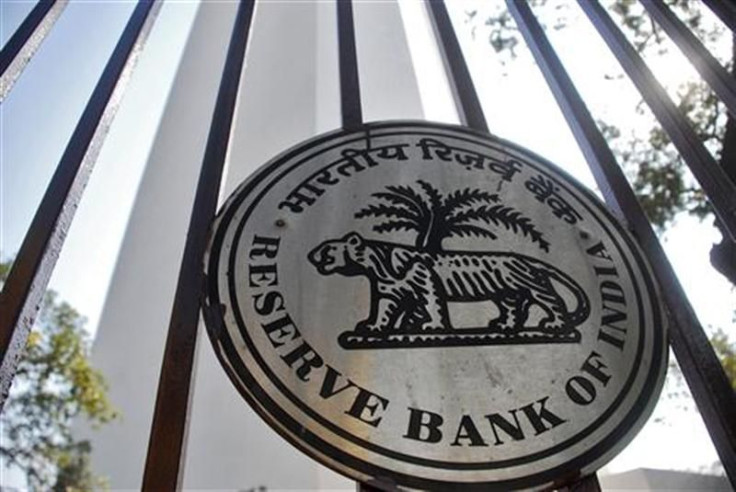India?s Trade Deficit Rises To $13.9 Billion In March On Crude Import Costs

India's trade deficit rose to $13.9 billion in March from $3.8 billion a year ago, driven by high crude oil import costs.
According to data released by the Ministry of Commerce Tuesday, the country's exports declined by 5.7 percent to $28.7 billion in March, compared to the same period last year. However, imports climbed 24.3 percent to $42.6 billion.
Oil imports saw an astronomical rise by 32.5 percent to $15.8 billion in March compared to last year.
For the last fiscal year ending March 31, trade deficit mounted to $184.9 billion from $118.6 billion the year before. For the fiscal year 2011/12, the exports rose 21 percent to $303.7 billion, compared to the previous fiscal year. Imports climbed 32.2 percent to $488.6 billion.
The increase in the exports, in spite of the decrease in demand in Europe with the looming debt crisis in Eurozone, was accomplished as outbound shipments grew in new markets of Latin America and Africa.
Among the imports, crude oil contributed for $150 billion in the fiscal year 2011/12 while gold and silver contributed to $60 billion. In the fiscal year 2011/12, crude oil imports rose to 172.11 million metric tons from 163.59 million tons, a year earlier.
The mounting deficit has become a serious concern for the policymakers. Earlier this month, credit rating agency Standard & Poor's cut India's outlook on the long-term rating to negative from stable, saying that the country's economy was facing high fiscal deficits and a heavy debt burden.
India's fiscal deficit is 5.9 percent of the GDP and the current account deficit is 3.6 percent, figures that don't augur well for the country's economic growth.
The economy grew 6.1 percent in the quarter ending Dec. 31, 2011. This was the slowest growth in nearly three years and was a major slowdown from the July-September quarter when GDP growth was 6.9 percent. In the April-June quarter, growth was 7.7 percent. The country saw the annual growth of 8.4 percent in the last two fiscal years.
It is expected by the Indian government that if the global oil prices can stabilize the trade deficit for the next fiscal year can be brought on to $150 billion. At the same time, this will also test the Indian government's ability to implement policies, which has weakened due to the slow and complex decision-making process.
© Copyright IBTimes 2025. All rights reserved.





















